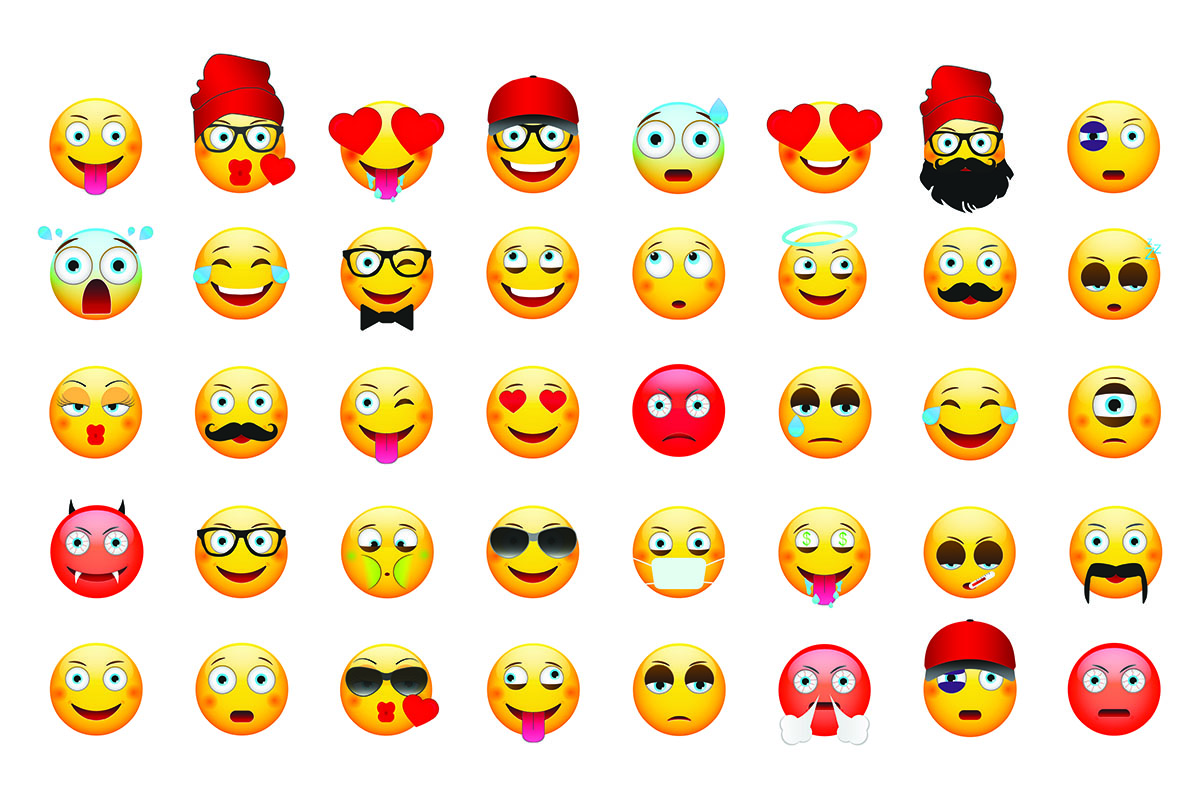
hashtag, memi ed emoticon, tweet, post e microblog sono parole create dai social media, i quali sfornano un sacco di vocaboli informali e innovativi e li portano dentro il nostro vocabolario formale quotidiano, nelle comunicazioni business e nella pubblicità.
Qui sotto dieci parole “tecnologiche” del momento che devi conoscere:
Trending: ciò che è di moda in questo momento. “Trending” sono la tv e le celebrità, gli hashtag e i fenomeni mediatici, i web feed e le pagine più cliccate, “trending” sono i termini più in uso per ciò che è più popolare, ciò che sta accadendo in questo momento, ciò che è più uploadato o downloadato, ciò che gli altri ci dicono che ci piace, non ci piace o dobbiamo seguire.
Meme: un idea che diventa virale e si diffonda su tutto lo spettro di internet attraverso i social media e influisce sulle abitudini e comunicazione delle persone, per alla fine infiltrarsi nei media tradizionali, come dog shaming, planking, e potato jesus.
Selfie: autoscatto fotografico, solitamente scattato con smart phone e postato sui social media.
Emojicon: emoticon giapponesi che vanno un passo oltre la comunicazione degli smileys. Alcuni vengono adattati al codice Unicode per gli user occidentali, altri sono tipici della cultura giapponese, come il sushi o il businessman che rivolge un inchino. To emojify: creare una emojicon. Aspetta un minute! woah, ops, sorpresa o shock = L(・o・)」 e una tazza di caffé, caffeina, cappuccino = ⅽ[ː̠̈ː̠̈ː̠̈] ͌ .
Second screen: l’uso di un tablet, smartphone o laptome mentre si guarda la TV laptop (usare nello stesso momento 2 schermi per 2 attività diverse).
Geobragging: geo (luogo) + brag (farsi notare). Aggiornare continuamente il profilo segnalando la tua posizione per farti notare e ingelosire le persone.
Self interrupt: l’abitudine di interrompere il tuo lavoro o le tue attività quotidiane per controllare il tuo profilo sui social network.
Netiquette (net + etiquette): Comportamento accettabile da tenere in rete, il galateo digitale consente di scrivere paragrafi corti e chiari, usare emoticons per esprimere l’umore (in situazioni informali). NON SCRIVERE CON LE MAIUSCOLE, vorrebbe dire URLARE, non fare spamming, non fare multiposting, non sabotare le discussioni thread.
Crowdsourcing: riunire e usare una grande qualità di persone (crowd) e risorse per investire in un progetto, solitamente utilizzando siti internet creati appositamente per la raccolta fondi.
BYOD: bring your own device (porta il tuo dispositivo). I dipendenti portano al lavoro il proprio dispositivo portatile (laptop, smart phone, table). Nelle economie emergenti a forte crescita la diffusione del BYOD raggiunge il 50%-75% dei dipententi. Per le società i lavoratori sono più produttivi e i costi più bassi, per i dipendenti invece è un segnale di flessibilità e comodità.
***
Top ten social terms you need to know
Hashtags, memes and emoticons, tweets, posts and, microblogs, social media has created and proliferates a goldmine of informal, innovative vocabulary into our formal everyday vocabulary, advertising and business communications.
Here are ten trending techie terms that you need to know :
Trending: what is hot, right now. What’s uploaded and downloaded, what people are following, liking, or disliking across the Internet in this moment.
Meme: an idea or image that goes viral and spreads across the Internet through social media and effecting peoples habits and communications, eventually infiltrating traditional media, like dog shaming, planking, and Potato jesus.
Selfie: a photo taken by oneself, usually at arms length, to use as a post on a social media page.
Emojicon: TheJapanese imagery emoticon that goes one step further in communicating than smileys. Some are adapted into Unicode for Western users, some are typical of Japanese culture, like sushi or a bowing businessman. To emojify: make an emojicon out of something. Wait a minute! omg, woah, surprise or shock = L(・o・)」 and cup of coffee, caffeine, cappuccino = ⅽ[ː̠̈ː̠̈ː̠̈] ͌ .
Second screen: the use of a tablet, smartphone, or laptop while watching TV (using 2 screens for 2 separate activities at the same time).
Geobragging: geo (location) + brag (to show off). Making continual status updates noting your location to show off and make people jealous.
Self interrupt: the habit of interrupting your working day or project to check status updates on social networking sites.
Netiquette (net + etiquette): acceptable online behavior, Netiquette says use short clear paragraphs, use emoticons to express humor (in informal situations) DON’T TYPE IN ALL CAPS that is SHOUNTING, don’t spam, don’t multipost, don’t hijack discussion threads.
Crowdsourcing: amassing and using a large group (crowd) of people as resource to invest in a project, usually through websites set up for contributions.
BYOD: bring your own device. Employees bring their personal mobile device (laptop, smart phone, table) to work, in fast growing economies the proliferation of BYOD is 50%-75% of employees, companies say it makes workers more productive and cuts costs, employees often see it as a sign of flexibility and convenience.
maka language consulting
www.makaitalia.com

